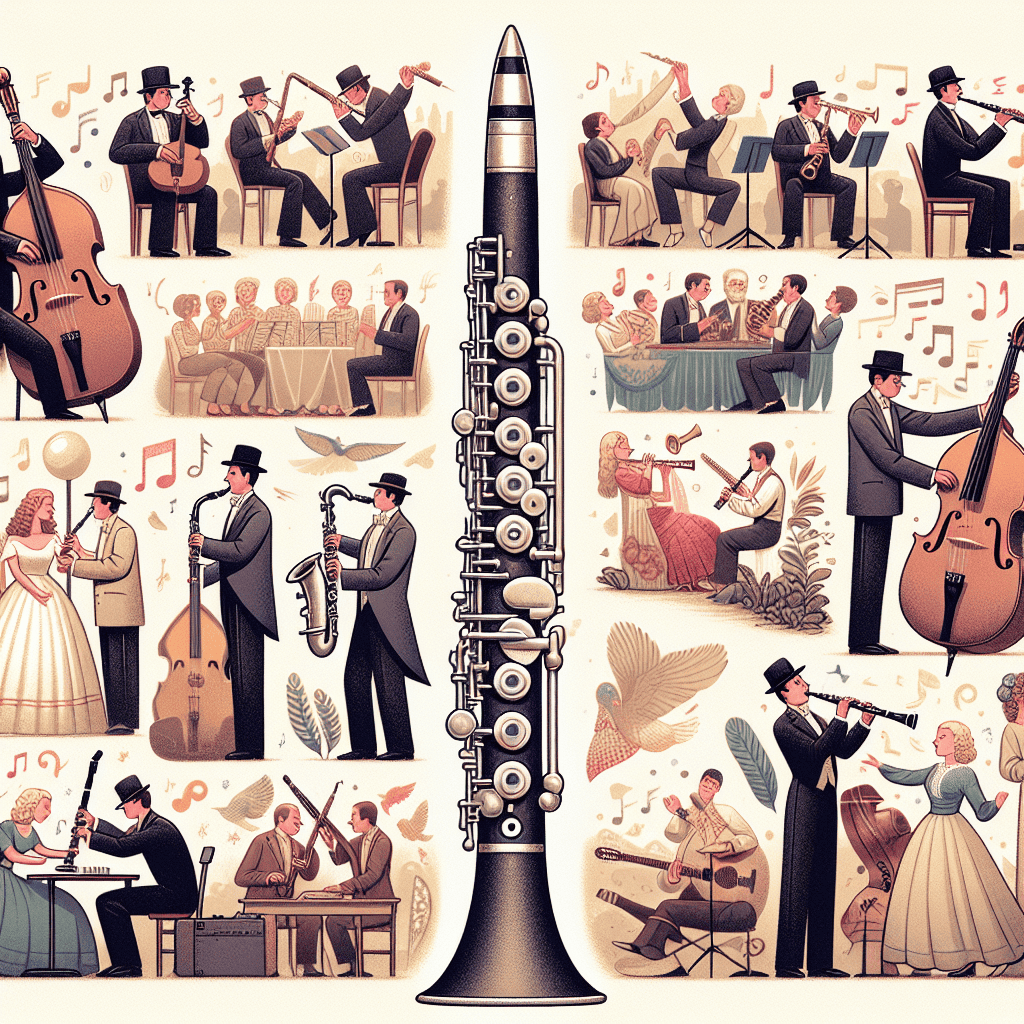The clarinet, a beautiful and versatile instrument, has a special connection with the Bb minor scale (natural). By understanding its historical significance, musicians can grasp how it colors the emotions in a piece. The rich tones produced by the Bb clarinet, combined with the unique flares of the Bb minor scale, have influenced countless composers throughout musical history.

Clarinet Fingering Charts are always FREE at MartinFreres.net!
The Importance of the Bb Minor Scale
As a clarinetist, you've likely encountered the Bb minor scale numerous times. It's a staple in classical, jazz, and contemporary music, known for its deep, melancholic mood that captivates listeners. But what makes this scale so significant?
The Bb minor scale consists of Bb, C, Db, Eb, F, Gb, and Ab. However, its importance lies not just in the notes themselves, but in how musicians express and interpret them.
| Note | Interval | Emotional Quality |
|---|---|---|
| Bb | Root | Grounding, Melancholic |
| C | Major 2nd | Tension, Anticipation |
| Db | Minor 3rd | Sadness, Introspection |
| Eb | Perfect 4th | Stability, Resolution |
| F | Perfect 5th | Power, Openness |
| Gb | Minor 6th | Yearning, Longing |
| Ab | Minor 7th | Tension, Anticipation |
Historical Significance in Composition
Throughout history, composers have utilized the Bb minor scale to evoke deep emotions. Tchaikovsky's works, for instance, often feature melodies based on this scale to express heartache and longing, creating a profound connection with the audience.
When playing a piece in Bb minor, consider the emotional weight of each note. Allow your breath to flow through the clarinet smoothly, ensuring a seamless transition between notes to capture the scale's expressive potential.
Bb Minor in Jazz
Jazz musicians have also embraced the Bb minor scale, blending classical techniques with improvisation. Legendary players like Benny Goodman have demonstrated how this scale can swing with an infectious beat or convey raw emotion. It serves as a bridge between classical structure and jazz's improvisational spirit.
Technical Challenges and Growth
Playing in Bb minor often requires more finesse and technical skill compared to major scales. To master this scale, focus on:
- Breath control
- Intonation accuracy
- Comfortable finger placement
The techniques you develop while practicing Bb minor will enhance your overall clarinet skills across various musical styles.
Bb Minor Across Instruments
In academic settings, trumpet and trombone players also explore the Bb minor scale, noting similarities in fingerings and embouchure. As a clarinetist, collaborating with other wind instrumentalists can offer fresh perspectives on this scale.
Historical Evolution of Bb Minor
The use of the Bb minor scale has evolved through different musical periods:
- Baroque Era: Composers used minor scales to express deep emotions and tension.
- Romantic Period: The scale was infused with greater passion and psychological depth.
Studying historical performances reveals how the interpretation of this scale has changed over centuries.
Incorporating Bb Minor in Your Playing
As you practice or perform, consider the historical significance of the Bb minor scale. Aim to convey the rich stories of the past through your music. Whether you're performing a solo or playing in an ensemble, the Bb minor scale offers a chance to create a powerful, legato sound that communicates beyond words.
Conclusion
Incorporating the Bb minor scale into your repertoire is about more than just playing notes; it's about storytelling. It allows you to express a range of emotions from longing and despair to hope. As you work on your clarinet skills, remember the significance of the Bb minor scale and use it as a tool for deeper musical expression.
Table of Contents
- The Importance of the Bb Minor Scale
- Historical Significance in Composition
- Bb Minor in Jazz
- Technical Challenges and Growth
- Bb Minor Across Instruments
- Historical Evolution of Bb Minor
- Incorporating Bb Minor in Your Playing
- Conclusion








